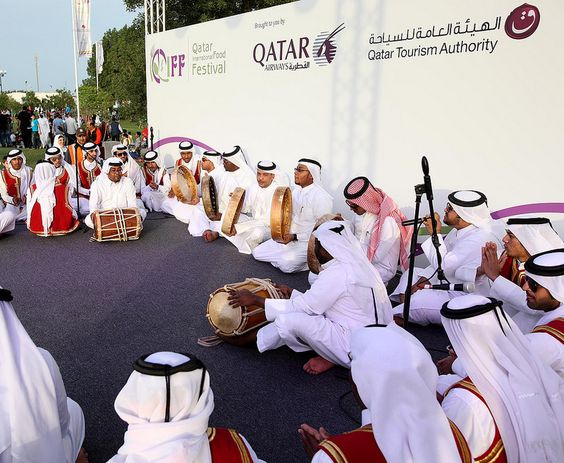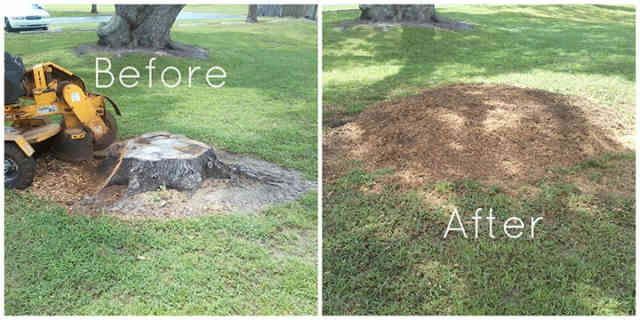Rajasthan – Land of Kings comprises of huge Thar Desert, termed as Rajasthan Desert and Great Indian Desert. It is world renowned for its grand forts and palaces of many various kings. Each of these palaces and forts has a distinctiveness telling a story about its kings, kingdom and vivid culture. This is one of the most colorful & beautiful states of India attracting visitors by its unique culture & traditions.
Jaipur – the capital city of the state is known as Paris of India and Pink City- because of walls of most of building is painted with terracotta “pink” color. This city is worldwide noted for exclusive Architecture, Astrology, Forts, Monuments, Palaces, Art, Craft and Culture.
Topmost Forts to Visit in Rajasthan:
Amer Fort – Jaipur: It is established on foot of the Aravalli mountain range is eminent for its artistic craftsmanship and distinct example of red sandstone and marble architecture. It was built in 16th century by Raja Man Singh I. Amer Fort, called as Amber Fort attracts millions of tourist from the whole world.
Jaigarh Fort – Jaipur: Regarded as Victory Fort was built in 1726 by Jai Singh II to protect the Amber Fort. A major key factor of this fort is grand cannon, Jaivana- which was world's largest cannon on wheels in that time.
Nahargarh Fort – Jaipur: Located on the edge of the Aravalli Hills and was built in 1734 by Maharaja Sawai Jai Singh II as summer retreat.
Hawa Mahal – Jaipur: A one of the prime & superb historical sightseeing demonstrating prosperous cultural and architectural heritage I the form of Rajasthani style. It was built in 18th century by Maharaja Sawai Pratap Singh and is outstanding work of red and pink sandstone renowned for high screen wall. These walls have lots of windows for the women of the royal household to observe street festivities and are adorned with intricate latticework.
Jal Mahal, Jaipur: Situated in midst of Man Sagar Lake was built in 18th century by Maharaja Jai Singh II of Amber is five storied red sandstone structure including some gorgeous chhattris, decorated hallways and wall paintings representing Rajasthani art. The surrounding area of Jal Mahal has a huge biosphere along with Aravalli mountain range blessed with tropical forest, providing homage to numerous type of flora and fauna.
Ranthambore Fort – Sawai Madhopur: Ranthambore Fort is situated within Ranthambore National Park in Sawai Madhopur. It is a UNESCO World Heritage Site. Ranthambore National Park provides homage to various endangered animals and birds.
Junagarh Fort – Bikaner: A marvelous example of Mughal, British and Rajasthani style of art, culture and architecture. This fort has much number of monuments representing typical architectural style as Phool Mahal, Karan Mahal, Anup Mahal, and Chandra Mahal in which Phool Mahal is extraordinary and oldest part of the fort.
Jaisalmer Fort – Jaisalmer: Referred as Sonar Quilla is yellow sandstone architecture built in 12th century by Rawal Jaisal. It comprises of numerous architectural structures including Royal Palace, four massive gateways, havelis and temples in which The Shree Nath Palace and Vyas Haveli are noted tourist attractions. This fort is UNESCO heritage site. You can see whole picturesque Jaisalmer City from the canon points.
Mehrangarh Fort, Jodhpur: An eminent historical site in India. There are many numbers of palaces of as Moti Mahal, Phool Mahal, Sheesha Mahal, Sileh Khana and Daulat Khana renowned for delicate architectural works.
Chittaurgarh Fort: Chittorgarh Fort is one of the largest, oldest & outstanding forts in India and referred as Pride of Rajasthan State. This fort is a UNESCO World Heritage Site and noted for its scenic temples, gates, towers and palaces. Rani Padmini Palace is a gorgeous place inside the fort complex and architecture of this palace is eye-catching and breathtaking.
Kumbalgarh Fort, Kumbalgarh: Kumbalgarh Fort is a prominent heritage site of Rajasthan popular for its 36 km long wall containing seven large gates such as Hulla Pol, Hanuman Pol, Ram Pol, Bhairava Pol, Paghra Pol, Top-khana Pol and Nimboo Pol which are bolstered by watch towers and bastions. This fort was built by King Maharana Rana Kumbha in 15th century and is situated at the top of Aravalli Mountains. There are 300+ temples and many palaces.
Bhangarh Fort – Alwar: A 17th-century fort built by Man Singh I. Its name was taken by the name of Man Singh or Bhan Singh, grandfather of Madho Singh. This fort is located on Aravali range of hills near Sariska Tiger Reserve in Alwar.










